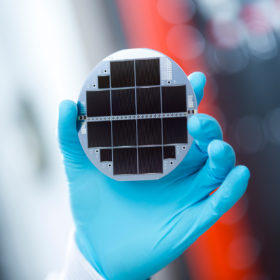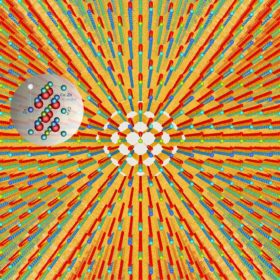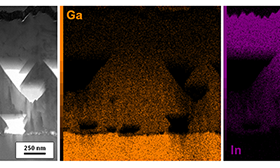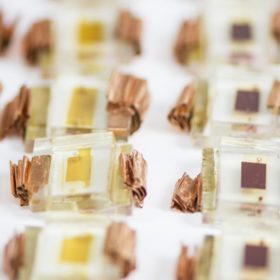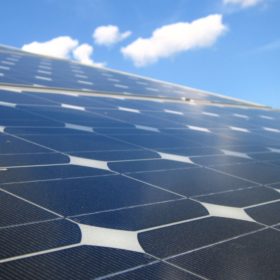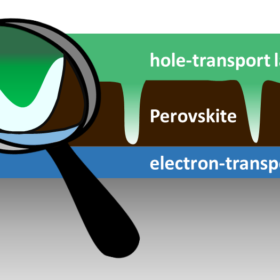Fraunhofer ISE announces 33% efficiency for multi-junction solar cell
Together with Austrian equipment manufacturer EVG, Fraunhofer ISE has achieved an efficiency of 33.3% on a multi-junction solar cell. The highlight of the cell is the ultra-thin II-V semiconductor layer. However, it will be a few years before mass production is possible.
German scientists use germanium to improve performance of kesterite solar cells
Although current efficiencies for solar cells based on kesterite do not exceed 12.6%, the use of germanium may enable the development of cells with a higher energy band gap.
US researchers mull zinc oxide as solar cell manufacturing alternative to titanium dioxide
The group of scientists has identified a new process by which holes get trapped in nanoparticles made of zinc oxide.
Luxembourg scientists provide new insight on how sodium can be used in thin film solar cell manufacturing
The research team found that sodium, contrary to common belief, does not decrease per se indium and gallium interdiffusion, but instead hinders intergrain diffusion by segregating at grain boundaries.
Japanese scientists develop ZHR method to improve manufacturing of thin film monocrystalline silicon
The research team believes that the new technology may resolve technical problems and drastically reduce the manufacturing cost of the lift-off process in the production of thin film monocrystalline solar cells.
Aging tests for perovskite, dye-sensitized solar cells must improve, research says
Finnish scientists have found that only one third of tests reported the intensities of visible and UV light, humidity and temperature adequately.
Germany’s ISFH announces 26.1% efficiency for p-type crystalline cells
The Institute for Solar Energy Research Hamelin (ISFH) and the Leibniz Universität Hannover claim that this result is a world record for p-type silicon material, as well as a European record for crystalline silicon.
Dutch consortium plans world’s first “off-shore” floating PV plant for the North Sea
The pilot project will be developed over the next three years and will utilize standard PV modules. The consortium expects the solar array to have a 15% higher yield compared to traditional installations.
German scientists claim inhomogeneous perovskite films are highly functional
Contrary to common belief, holes in perovskite films may not always negatively affect the performance of perovskite-based solar cells, according to recent research from the Helmholtz Zentrum Berlin (HZB).
Scientists seek to improve efficiency of dye-sensitized solar cells with halogenes
Halogens have proved to be very successful in accelerating the electron transfer between the electrolyte and the semiconductor.
